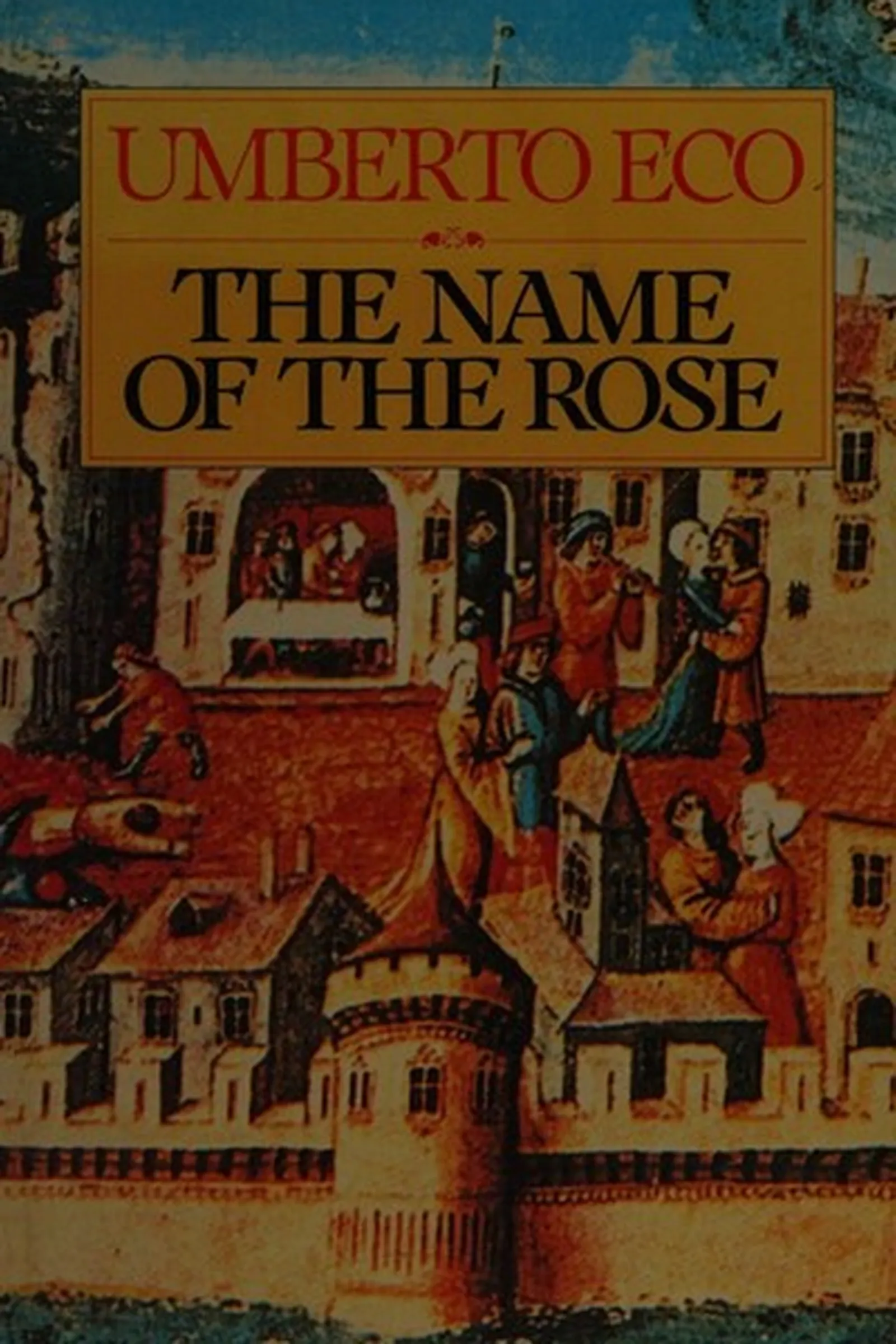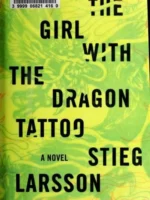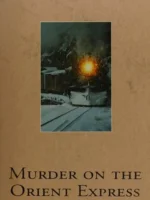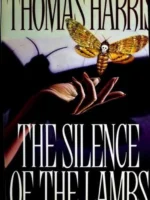The Name of the Rose, Umberto Eco, 1980
- Author: Umberto Eco
- Genre: Mystery/Crime
- Publisher: Harcourt
- Publication Year: 1983
- Pages: 512
- Format: Paperback
- Language: English
- ISBN: 978-0156001311
- Rating: 4,2 ★★★★☆
The Name of the Rose Review
About
Published in 1980, Umberto Eco’s The Name of the Rose is that rare novel that’s both a page-turning murder mystery and a philosophical labyrinth. Set in a 14th-century Benedictine monastery, it fuses detective logic, theological debate, and the paranoia of medieval politics. Eco, a semiotician by trade, built a story that works on two levels: the pleasure of solving a crime and the thrill of interpreting meaning itself. It’s dense, beautiful, and far smarter than any book about monks has a right to be.
Overview
The novel is framed as a chronicle written by Adso of Melk, an elderly monk recalling the week he spent as a young novice assisting his mentor, William of Baskerville—a Franciscan friar with the mind of Sherlock Holmes. They arrive at an Italian abbey to attend a theological debate but are soon pulled into a series of mysterious deaths among the brethren. Every death points toward a forbidden book locked within the abbey’s vast labyrinthine library. As William investigates, Eco weaves in arguments about faith versus reason, heresy versus obedience, and how knowledge itself can become dangerous. The setting—fog, candles, and ink-stained corridors—feels at once historical and allegorical.
Summary
(light spoilers) William and Adso begin their inquiry after a monk is found dead under strange circumstances. The abbot urges discretion, but rumors spread—some call it the work of the devil, others a punishment for forbidden knowledge. William treats it as a rational puzzle: who had access, who had motive, who feared what might be read. More deaths follow, each marked by symbols recalling the Apocalypse, and each bringing William closer to the truth. The library—circular, secret, and fiercely guarded—becomes both setting and metaphor: a maze of texts reflecting the complexity of truth itself. When William finally uncovers the lost book at the heart of the mystery, its content—a commentary on laughter—reveals the story’s intellectual stakes: that humor undermines power, and truth cannot be safely locked away. The climax ends in fire: the library burns, knowledge scatters, and Adso learns that wisdom often arrives too late to save anything.
Key Themes / Main Ideas
• Knowledge and power — who controls access to truth controls the world.
• Faith versus reason — the eternal argument between belief and evidence.
• Books as temptation — curiosity as both salvation and sin.
• Language and interpretation — how signs deceive and enlighten in equal measure.
• History and decay — human meaning always built on the ruins of earlier mistakes.
Strengths and Weaknesses
• Strengths — Rich atmosphere, philosophical depth, and genuine suspense; William of Baskerville is both detective and humanist, a bridge between medieval and modern thought.
• Strengths — Eco’s detail gives the illusion of reading history itself—smelling parchment, feeling candle smoke, hearing the echo of prayer.
• Weaknesses — The theological debates can be dense for casual readers; the Latin phrases and historical allusions may feel daunting.
• Weaknesses — The pacing sometimes halts for exposition, but those digressions build the novel’s weight and authenticity.
Reviewed with focus on themes, audience, and takeaways — Umberto Eco
| pa_author | Umberto Eco |
|---|---|
| ISBN | 978-9-351-32054-8 |
| pa_year | 1994 |
| Pages | 190 |
| Language | English |







